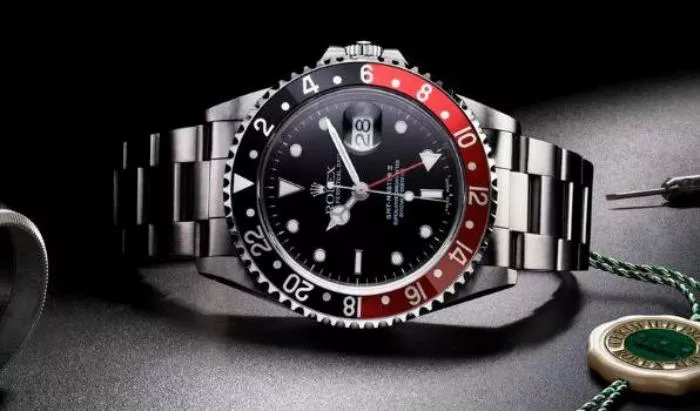Rolex’s Certified Pre-Owned (CPO) programme, launched in late 2022, initially saw rapid growth, expanding from just 25 authorised dealers in early 2023 to 107 by the start of 2024. However, momentum has slowed, with three retailers exiting the programme in early 2025, reducing the network to 104 partners.
Challenges in the CPO Model
Retailers have voiced frustrations over the programme’s inefficiencies, citing excessive costs, lengthy processing times, and inflated retail prices compared to the unregulated market. Watches often undergo unnecessary servicing and authentication, adding nearly $1,000 to costs, while delays in certification—sometimes taking months—leave dealers vulnerable to secondary market price drops.
Major players like Bucherer, Watches of Switzerland Group, The 1916 Company, and Ahmed Seddiqi & Sons continue to invest heavily in CPO operations, dedicating entire showroom sections to pre-owned Rolex models. However, smaller independent jewellers struggle to justify the investment, often limiting their CPO offerings to a single display case or minimal online listings.
Market Realities and Premium Pricing
Despite expectations that CPO premiums would decline over time, Morgan Stanley data reveals a median global markup of 30.2%. The 1916 Company offers the most competitive pricing at a 19% premium, while Watches of Switzerland Group charges up to 39% in the UK. Bucherer, owned by Rolex, maintains a 35% premium in Europe and 24% in the US.
Inventory remains tight, with just 7,500 CPO watches available globally as of April 2025—unchanged from the previous year. In contrast, platforms like Chrono24 list over 100,000 Rolex watches from a vast network of dealers and private sellers.
Calls for Streamlined Processes
Retailers argue that the CPO programme’s rigid structure—requiring all watches to undergo Rolex’s certification pathway—hinders profitability. Many authorised dealers advocate for self-certification, allowing them to leverage in-house expertise to authenticate and refurbish watches quickly.
Before CPO, dealers routinely handled trade-ins with minimal fuss, offering convenience to customers. Now, the programme restricts trade-ins for watches under three years old (soon to be two), forcing dealers to forfeit potential revenue.
A Pause for Reflection
While Rolex may view the recent dip in participation as a temporary adjustment, retailers insist the programme must become faster, simpler, and more cost-effective to remain viable. Without reforms, the CPO initiative risks alienating the very network it was designed to empower.
Related topics:
- BREAKING NEWS: Rolex USA to hike prices by 3% from May 1
- New Rolex boutique rises from the ashes of California’s wild fire-hit region
- Watch as police pose as wealthy tourists to trap Rolex Rippers in London


